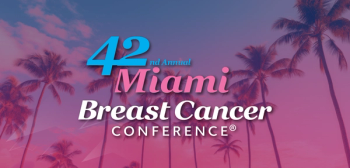
All News

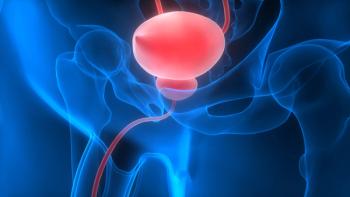
Data from a Japanese trial add to the body of evidence supporting the favorable efficacy and safety of nadofaragene firadenovec for this NMIBC population.

Increasing the use of patient-reported outcomes may ensure that practitioners can fully ascertain the impact of treatment for rare lymphomas.

ctDNA levels may help to predict early recurrence for patients with stage III melanoma before adjuvant therapy and during follow-up.
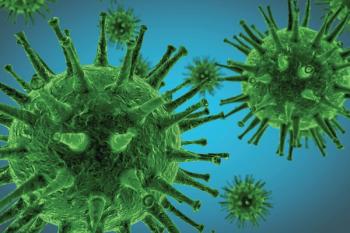
An annual report on the status of cancer showed that, from 2018 to 2022, the cancer death rate fell for every race and ethnicity.
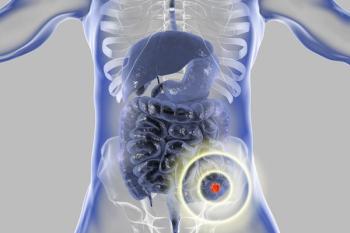
Treatment-related adverse events of special interest occurred in 64.9% of patients who received fruquintinib and 23.0% of those who received placebo.

Photographic and written documentation can help providers recognize inflammatory breast cancer symptoms across diverse populations.

The use of guideline-concordant care in breast cancer appears to be more common in White populations than Black populations.


Disease control following radiotherapy appeared to be optimal in a retrospective cohort of patients with multiple myeloma.

Data from the T-DXd monotherapy arm of the phase 3 DESTINY-Breast09 trial will remain blinded until the final PFS analysis.
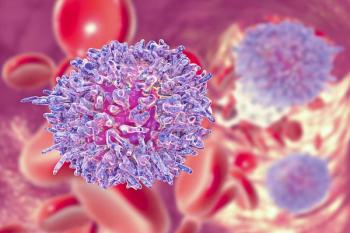
A network meta-analysis of 3 clinical trials sought to compare zanubrutinib vs approved BTKis in relapsed/refractory chronic lymphocytic leukemia.
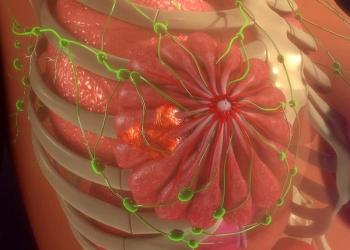
Sacituzumab govitecan plus pembrolizumab showed a trend for improved overall survival vs standard of care in patients with untreated PD-L1–positive TNBC.

Findings highlight a need to incorporate diverse populations when developing guideline-concordant breast cancer care to achieve efficacy for all patients.
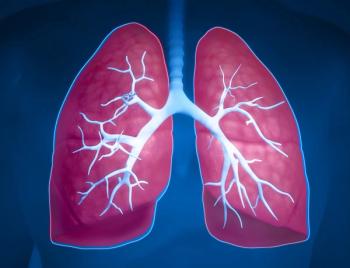
A 5-year follow-up of the phase 3 EMPOWER-Lung 1 showed the greatest survival benefits in patients with NSCLC who have a PD-L1 expression of 90% or more.

Patients with a cancer signal detected via multicancer early detection test demonstrated similar results to those who did not in the PATHFINDER cohort study.
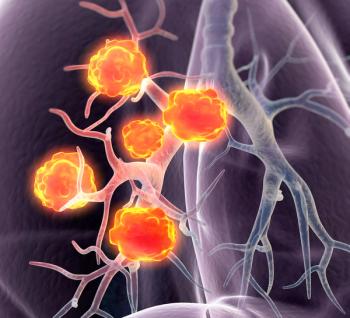
Phase 3 data support using twice-daily high-dose thoracic radiotherapy plus concurrent chemotherapy as an alternative therapy for patients with LS-SCLC.

Retrospective and real-world registry studies may be necessary to guide clinical decision-making for rarer lymphomas with insufficient prospective data.

Extravasation results in exposing healthy tissue to radiation, which can be highly dosed depending on the isotope used for treatment.

End-of-life demands card game and mindfulness-based cancer recovery program use may enhance the quality of life for patients with lung cancer.

Multivariate analysis showed consolidative thoracic radiotherapy improved OS/PFS vs control patients with ES-SCLC, with respective HRs of 0.53 and 0.90.
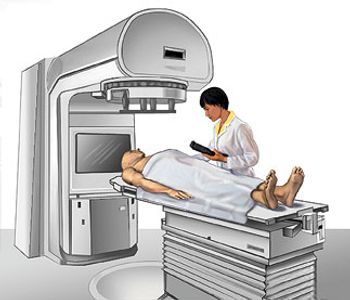
Patients with painful lesions who did not undergo treatment with opioids or reirradiation generally had better outcomes than those who did.

Results from the DREAMM-7 and DREAMM-8 trials support the approval of belantamab mafodotin with chemotherapy in relapsed/refractory multiple myeloma.

William Kennedy, MD, discussed modern radiosurgery techniques, technology selection, and the multidisciplinary approach for treating complex CNS tumors.
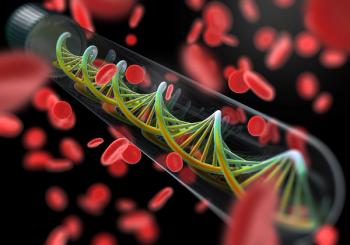
Pooled results from the TRUST-I and TRUST-II trials showed that taletrectinib led to infrequent neurological TEAEs in patients with ROS1-positive NSCLC.

Administering 177Lu for mCRPC is a “team sport”, according to Steven Finkelstein, MD, DABR, FACRO.
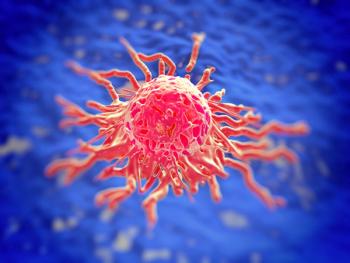
Personalized therapeutic approaches and novel, targeted medicines can help patients with epithelial sarcoma attain better survival outcomes.

Diagnostic developments using aberrances in biomarker testing may help enhance survival in patients with rare lymphoma subtypes.

Ongoing studies seek to evaluate immunotherapy in earlier lines of therapy for patients with early-stage Hodgkin lymphoma.
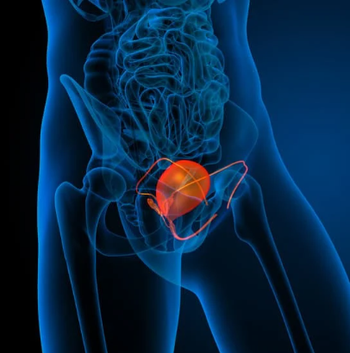
After the recent approval of 177Lu in PSMA+/mCPRCP prior to chemotherapy, Steven Finkelstein, MD, DABR, FACRO, highlights the importance of this milestone.

